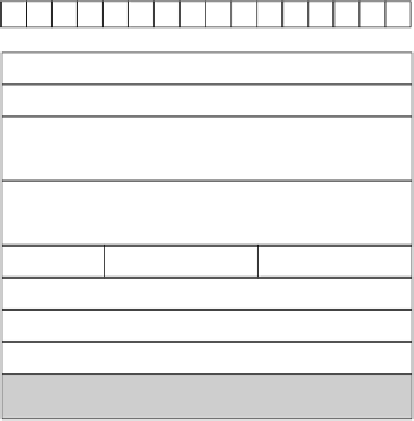Information Technology Reference
In-Depth Information
•
Options (discussed in Section 24.2.3).
•
Padding (variable) - The TCP header padding is used to ensure that the TCP header ends
and data begins on a 32-bit boundary. The padding is composed of zeros.
1
2
3
4
5
6
7
8
9
10 11 12 13 14 15 16
Source port
Destination port
Sequence number
Acknowledgment number
Data offset
Reserved
Flags
Window
Checksum
UrgPtr
DATA
Figure 24.1
TCP header format
In TCP, a packet is termed as the complete TCP unit; that is, the header and the data. A seg-
ment is a logical unit of data, which is transferred between two TCP hosts. Thus a packet is
made up of a header and a segment.
24.2.3 Options
Like IP, the option field can precede the data. It is variable in length and the contents of the
header beyond the end-of-option must be header padding. It must be implemented by all
hosts and gateways. There are two classes of option:
•
An option-type byte.
•
An option-type byte, followed by an option-length byte, and then the actual option-data
bytes. The option-length byte counts all the bytes in the options field.
Supported types are:
Type
Length
Description
0
End of option list
1
No operation
2
4
Maximum segment size
24.2.4 End of option list (Type=0)
The end of option list indicates the end of all the options, not just the end of each option. It
may not necessarily coincide with the end of the TCP header (according to the data offset
field). It is only needed if the end of the options would not otherwise coincide with the end of







